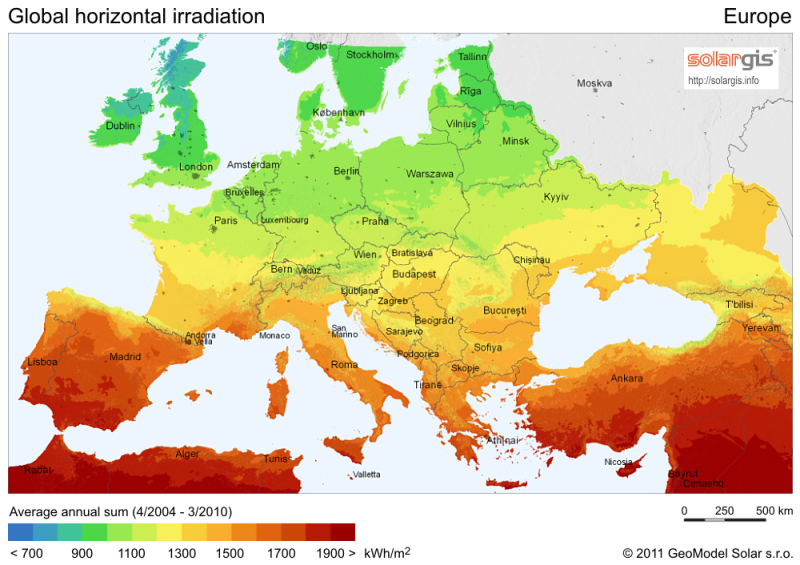Angela
Elite member
- Messages
- 21,823
- Reaction score
- 12,329
- Points
- 113
- Ethnic group
- Italian
Quite a heated thread.
@Angela, I am not such a frequent visitor and since I will readily admit being slightly lazy, would you find it terribly bothersome to repost links to some information that is known about skin color and genetics you refer to?
Furthermore I found this:
http://www.ncbi.nlm.nih.gov/pmc/articles/PMC3694299/#!po=46.4286
The article is about improvements to predictions of eye and skincolor based on DNA. It uses the same genes to try and predict skin color as Lazardis used. It has quite an interesting table, table 3, which states that these predictions are often fairly accurate. Inconclusives seems largest at the skin color that is considered typical for the group. However that result changes with a population this article calls "mixed", the number of inconclusives from mixed populations is large with all skin types. Overal a quarter seems inconclusive.
That does give the impression that the clear warning given in a number of papers about drawing conclusions from these genes probably is not due to being overly careful.
It remains interesting, though, that at the very least the mutations that cause the light skin color in caucasians *nowadays* have spread only fairly recently, but can be found almost universally in that population.
This is Norton et al. 2007. Genetic Evidence for the Convergent Evolution of Light Skin in Europeans and East Asians
The supplementary table is also interesting. They cite any paper worth reading prior to 2007. In finding a correlation between MATP (SLC42A5) and lighter skin in African-Americans, they used a spectrometer. FWIW, they found no evidence for selection at the MCIR locus globally.
http://mbe.oxfordjournals.org/content/24/3/710.full
This is Razib Khan discussing the paper
http://blogs.discovermagazine.com/g...hylogeny-history-and-adaptation/#.U3O05SidIcZ
Other people chime in:
http://www.livescience.com/42838-european-hunter-gatherer-genome-sequenced.html
A genome-wide association study identifies novel alleles associated with hair color and skin pigmentation, Jiali Han,
http://www.plosgenetics.org/article/info:doi/10.1371/journal.pgen.1000074
Lucotte et al on the SLC45A2 gene, 2010:
http://www.plosgenetics.org/article/info:doi/10.1371/journal.pgen.1000074
Lucotte et al 2011
http://www.saitou-naruya-laboratory.org/assets/files/pdf/Yuasa_AnnHumGenet06.pdf
Genetic Architecture of Skin and Eye Color in an African-European Admixed Population, Sandra Beleza, 2013
http://www.plosgenetics.org/article/info:doi/10.1371/journal.pgen.1003372
Direct evidence for positive selection of skin, har and eye pigmentation in Europeans during the last 5,000 years, Sandra Wilde,2014
http://www.pnas.org/content/early/2014/03/05/1316513111.abstract
Molecular Phylogeography of a Human Autosomal Skin Color Locus Under Natural Selection, Victor A. Canfield
As discussed by Dienekes
http://dienekes.blogspot.com/2014/01/slc24a5-light-skin-pigmentation-allele.html
For correlation of the snps with phenotypic expression:
Molecular Genetics of Human Pigmentation Diversity, Richard Sturm, http://hmg.oxfordjournals.org/content/18/R1/R9.full
Last edited:



